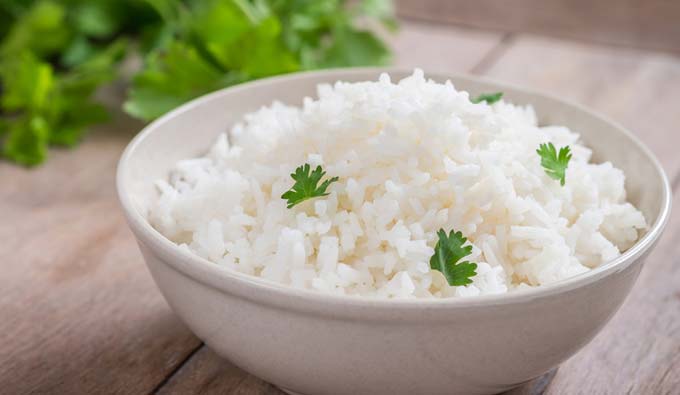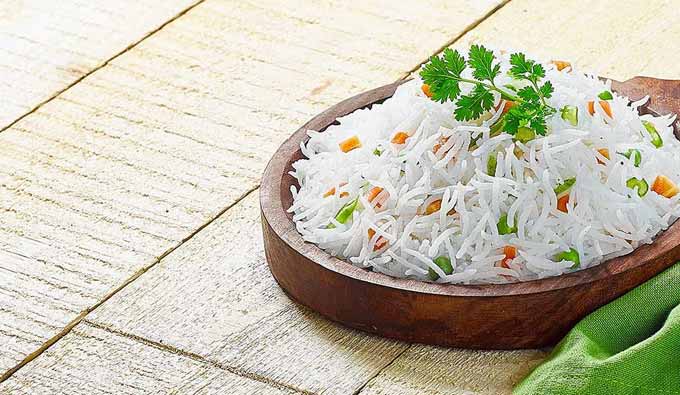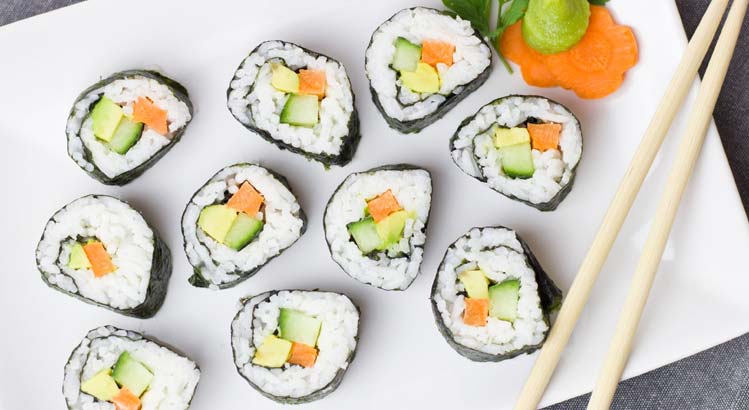Needless to say, rice is one of the most consumed food items worldwide. It contains high levels of carbohydrates and the state in which it is provided to us has all the necessary fibers removed for easier consumption. Studies say the high consumption of this food item can lead to some chronic diseases and obesity in people. However, countries with rice as their staple food do not suffer from such diseases. Does this mean rice is not as unhealthy as is assumed? Let’s find out:

Main Components Of Rice:
This whole grain consists of three kinds of components on the basis of which different types of rice are grown:
- Germ: This core is nutrient rice and contains all the vitals for a human body including proteins, vitamins, antioxidants, etc.
- Bran: it is the outer layer of the grain which is rich in fiber and contains the most roughage. It also has antioxidants and minerals.
- Endosperm: This is considered to be the largest part of the grain and has the highest amount of carbs and some amounts of proteins in it.
Effects of Rice on Weight Loss:
- While most people have an established knowledge about brown rice and its effects, white rice’s effects on weight loss are still a vague idea in our minds. People who eat brown rice instead of their white counterparts tend to lose weight quickly and stay healthy for a longer time.
- This could be due to the present fibers and roughage of the bran. However, people with a regular diet of white rice tend to gain weight and grow obese quickly.
- Countries that have rice as their staple food do not believe in this notion. In fact, people of such countries believe that rice has nothing to do with weight gain or obesity and it actually helps in building up strength and immunity.
- This is one of the major reasons why rice is still a staple food in such lands. Many studies show that a diet that consists all kind of rice, that is, white, brown and black show a significant change in weight and tend to help gain strength for many.
- Additionally, some studies on the dietary habits of China and Japan show a combination of rice and vegetables that keeps the blood sugar levels of their population in place.
- Since white rice contains only carbohydrates, it tends to trigger weight gain. However, if its quantity is controlled and paired with the right amount of vegetables, rice may not affect our diet on a high scale.
- Rice is difficult to digest because of its lack of fibers due to which it has a more visible effect on our diets. If eaten in the right proportion and digested with a required amount of exercise, weight gain through rice can be controlled. If not taken care of, the fat gained through rice tends to get collected in our thighs, arms, and waist which makes us look fat and unhealthy.
The Bottom Line:

Rice does have a visible effect on our diet when consumed in the wrong quantity. As mentioned above, when paired with the right veggies and sides, rice can turn out to be a good meal that is fulfilling and energizing. Exercise is a must for people who intake a lot of rice be it white or brown. This will help them digest white and brown rice. For better dietary habits, a combination of white, brown and black can be consumed. People with low blood sugar levels should consume non-sticky rice only. For more information, visit https://poslovnipuls.com/2012/05/18/izbori-hdz-parodija-video/.



